The island of Alcatraz, “The Rock in the Bay”, lies one and a quarter miles off San Francisco, comprising twenty-five acres of rock and scrub which commands a key position in the bay. In modern times, the name of Alcatraz has come to be closely associated with the incarceration of some of the USA’s most notorious and dangerous criminals.
One only has to think of gangsters like Al “Scarface” Capone, George “Machine Gun” Kelly, Robert “The Birdman” Stroud, Alvin “Creepy” Karpis, Bumpy Johnson, Whitey Bulger and Roy “The Smiling Bandit” Gardner to appreciate the calibre of the select clientele who did time on Uncle Sam’s Devil Island.
Between 1934 and 1963, a total of 1576 Federal criminals were imprisoned in what has been called “the prison of the prison system” However, there is a great deal more to the history of Alcatraz than merely the short span of years as a Federal penitentiary.
A bit of history
It is believed that some ten to twenty thousand years ago people of the Miwok and Ohlone tribes arrived in the coastal areas around the bay. It is probable that they collected food from the island and surrounding waters, in the form of bird’s eggs, shellfish, seaweed and the like. It is thought that Alcatraz was also used as a place of banishment for members of the tribes who broke tribal laws. Tribal “gangsters” were sent to “The Rock” so, you see, some things never really change.
The island apparently gained its name from Juan Manuel de Ayala in 1775. He called it La Isla de los Alcatraces which means the Island of the Pelicans
In the 19th century, ’The Rock’ was the site of the first lighthouse on the Pacific coast of America, in order to guide shipping entering and leaving a bay which was (and remains) notoriously beset by fierce currents and impenetrable fogs. The illumination for the light was initially provided by a single oil lamp.
Currents in and out of the Bay run at up to six knots and are strengthened by the particular submarine topography in the approaches to the bay.
From the middle of the 19th century, there was a move to assess and improve the defences of the West Coast as a whole. To this end, in 1850, a Joint Board of Engineers and Naval Officers was funded by Congress to examine the Pacific Coast “in reference to the defence of the same.” Important positions were identified both on the mainland and offshore, including the three main islands in San Francisco Bay — Yerba Buena, Angel and Alcatraz.
Military fortress
During the 1860s and 1870s, Alcatraz was built up into a massive fortress with fixed gun batteries pointing north, south and west, huge earthworks and stone emplacements, extensive barracks and all the necessary support services for the troops now stationed there. By this time massive 15-inch calibre Rodman cannons, with a range of up to three miles, had been installed.
From the late 1850s, military convicts began to be imprisoned on the island and, from 1865, the practice of employing military prisoners in the construction and fortification work was initiated. It was cheap labour, initially involving only a few men but then growing rapidly.
Military prisoners on the island during and after the Civil War included Confederate sympathisers and, more generally, those accused of treason and some American Indians who had disputed land agreements with the Federal Government. Interestingly, many do not appreciate that, by 1912, Alcatraz had become the largest reinforced concrete building in the whole world.
Federal penitentiary
In 1934, after about eighty years under the control of the US Military, Alcatraz was transferred to the US Justice Department for the purpose of locking up those most violent and dangerous criminals requiring maximum security. Alcatraz became the quintessential example of a maximum-security, minimum-privilege facility with one guard for every prisoner.
Inmates had only the four basic rights of food, shelter, clothing and medical assistance but anything else, such as meetings or correspondence with families, library access or recreational activities were a privilege which had to be earned. Once earned they could be taken away again.
World War II
By July 1941, production of military items was underway in the workshops of the New Industries Building at Alcatraz which had been constructed in 1939. Army uniforms, cargo nets, and other items in high demand during WWII were produced until June 1945.
Escape from Alcatraz?
Escape from Alcatraz was considered almost impossible owing to the maximum security of the fortress and the number of guards. However, even if prisoners managed to escape the fortress, they were still captive on the island. For the main obstacle in the way of real freedom lay in the waters of the bay itself; the currents in the bay are very strong and the water temperature very low.
Between 1934 and 1963, in the years when Alcatraz was used as a Federal penitentiary, there were 14 escape attempts involving thirty-six prisoners. Out of this total, twenty-three escapees were caught, six were shot and killed, two were drowned and the remaining five went missing, presumed dead.
In early May 1946, six prisoners attempted to escape in what was called the Alcatraz blast out. Some guards were overpowered and weapons were seized and in the ensuing battle, two guards and three prisoners were killed, with a further 17 guards and one prisoner injured. US Marines had to be called in to regain control.
In a notable escape of 1962, Frank Morris and the Anglin brothers, Clarence and John, escaped from the island and have never been found since, dead or alive. Although their families claimed subsequently that they made it to the mainland and they then lived incognito, their survival has not been conclusively verified. Officially, they remain missing presumed dead.
Another escapee in 1962 was John Paul Scott who greased himself with lard before squeezing through a window and swimming for shore. He succeeded in swimming to the foot of the Golden Gate Bridge where he was found lying unconscious and suffering from hypothermia. His courage was not rewarded and he was returned to Alcatraz.
Tourist attraction
Alcatraz is now a thriving tourist attraction, attracting 1.5 million visitors every year. The ferry trip out and back is an excellent experience and a good opportunity for photography. The island itself speaks (indeed shouts) eloquently of its grim past, with its fortress defences, concrete buildings, iron-barred cells and, above all, its extreme isolation despite being so close to the city. After a very interesting afternoon touring the prison and island, I must nevertheless admit to a lifting of spirits as the ferry carried me away from “The Rock” and back to the mainland
Gear
These images are taken with two cameras, the Fuji X-T2 and X-T10. The lenses were the 50-140mm f2.8 WR OIS XF attached to the XT2 and the 16mm F1.4R WR XF to the X-T10. (These latter images were taken before I had sold the X-T10 and replaced it with my current X-T20.)IS THIS RELEVANT?
I normally take two cameras with just two lenses on trips like this since I can respond to different needs without swapping lenses.
You might object that this minimises the advantages of interchangeable lens systems. You are probably right but I do not carry a camera bag or lens holders when out for the day and I really hate swapping lenses in dusty, salty or crowded places. I do what I do!

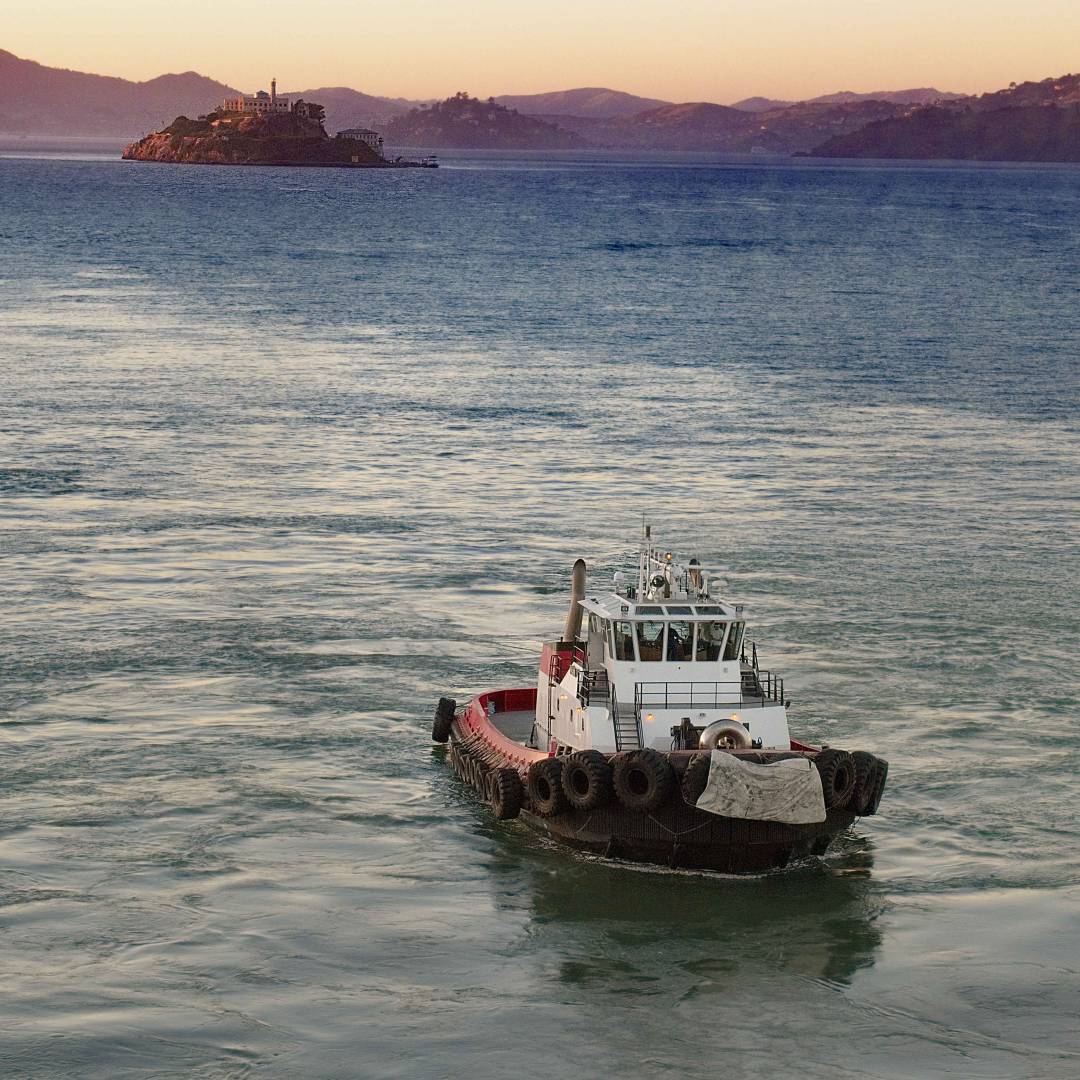
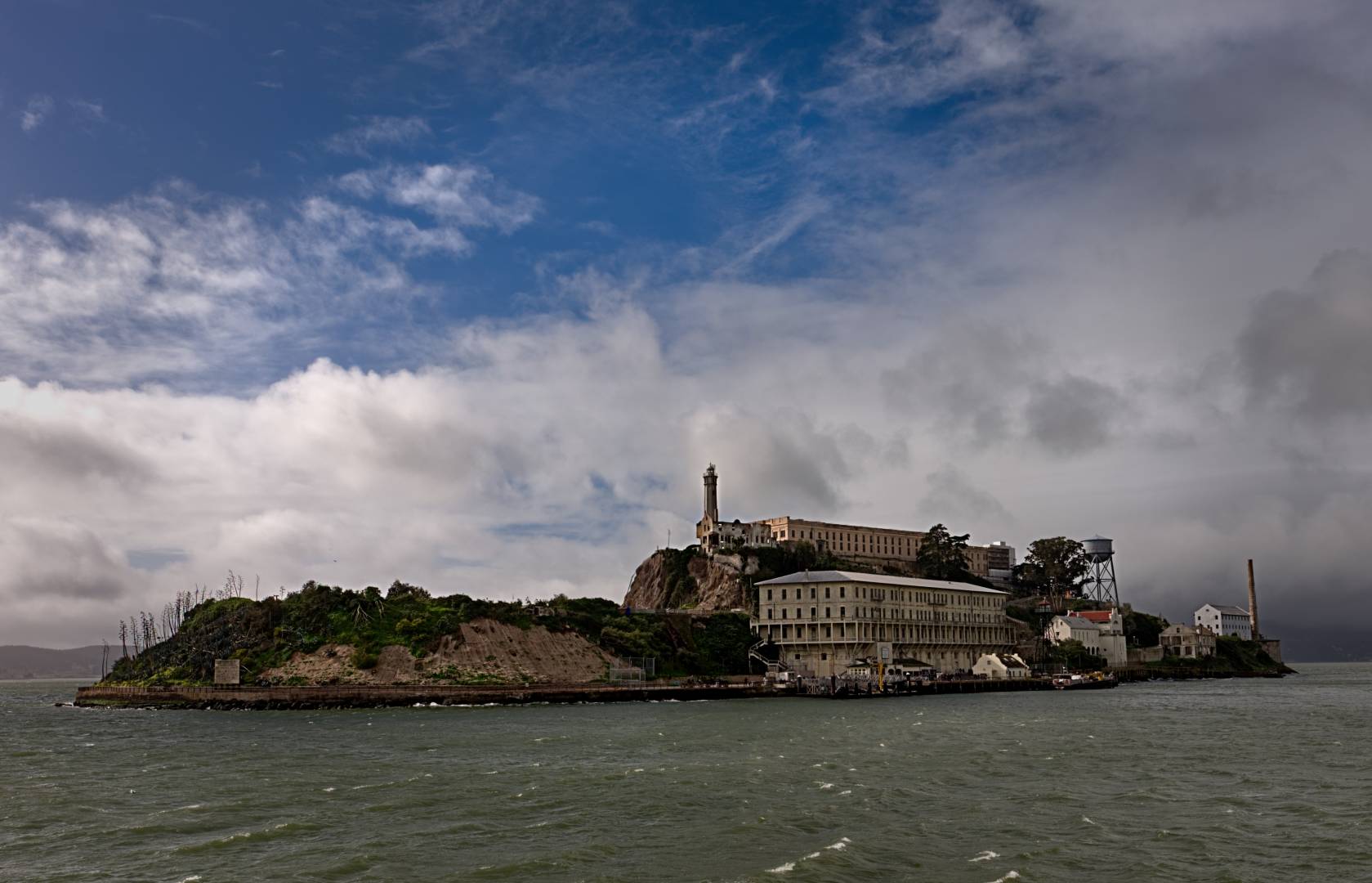
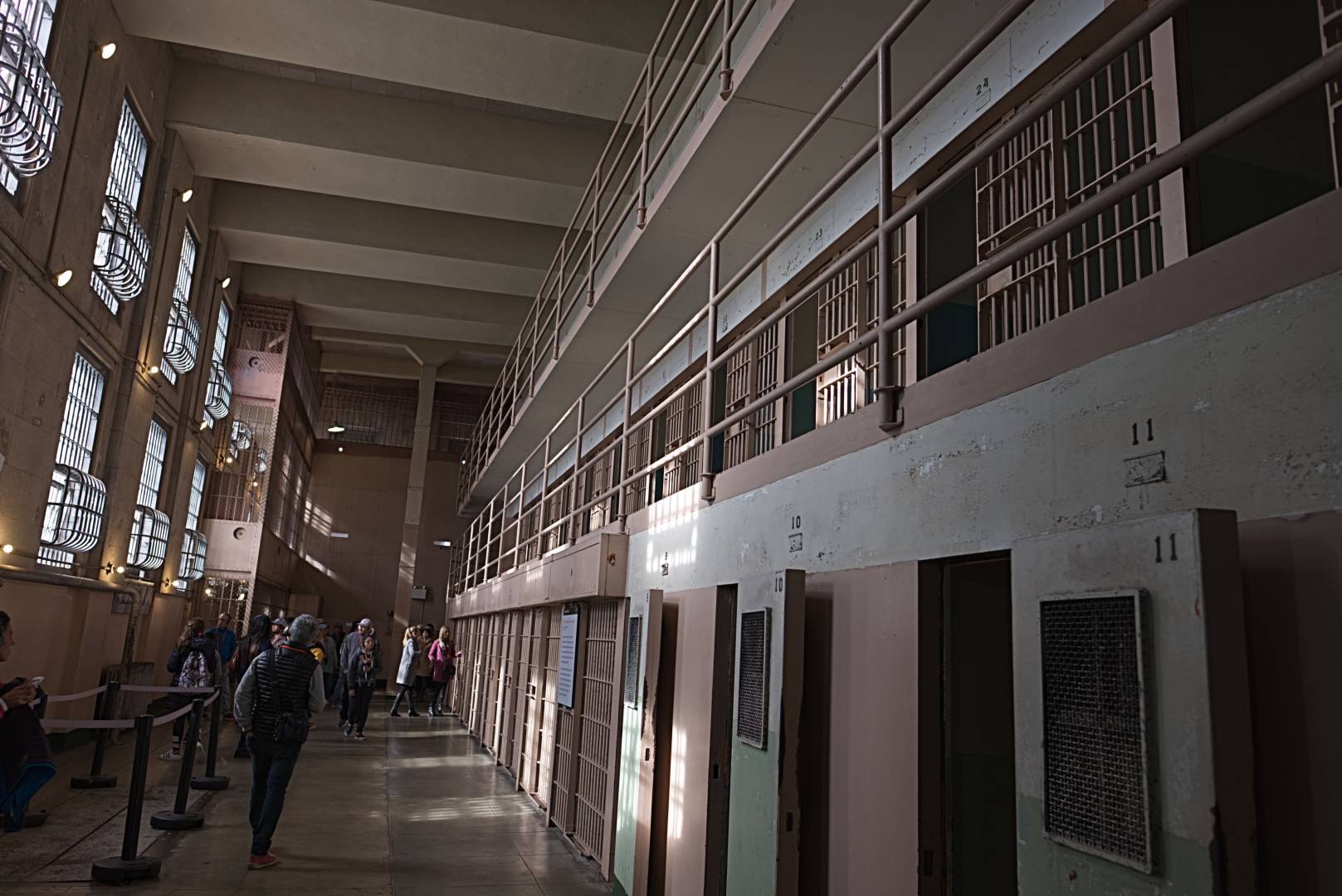
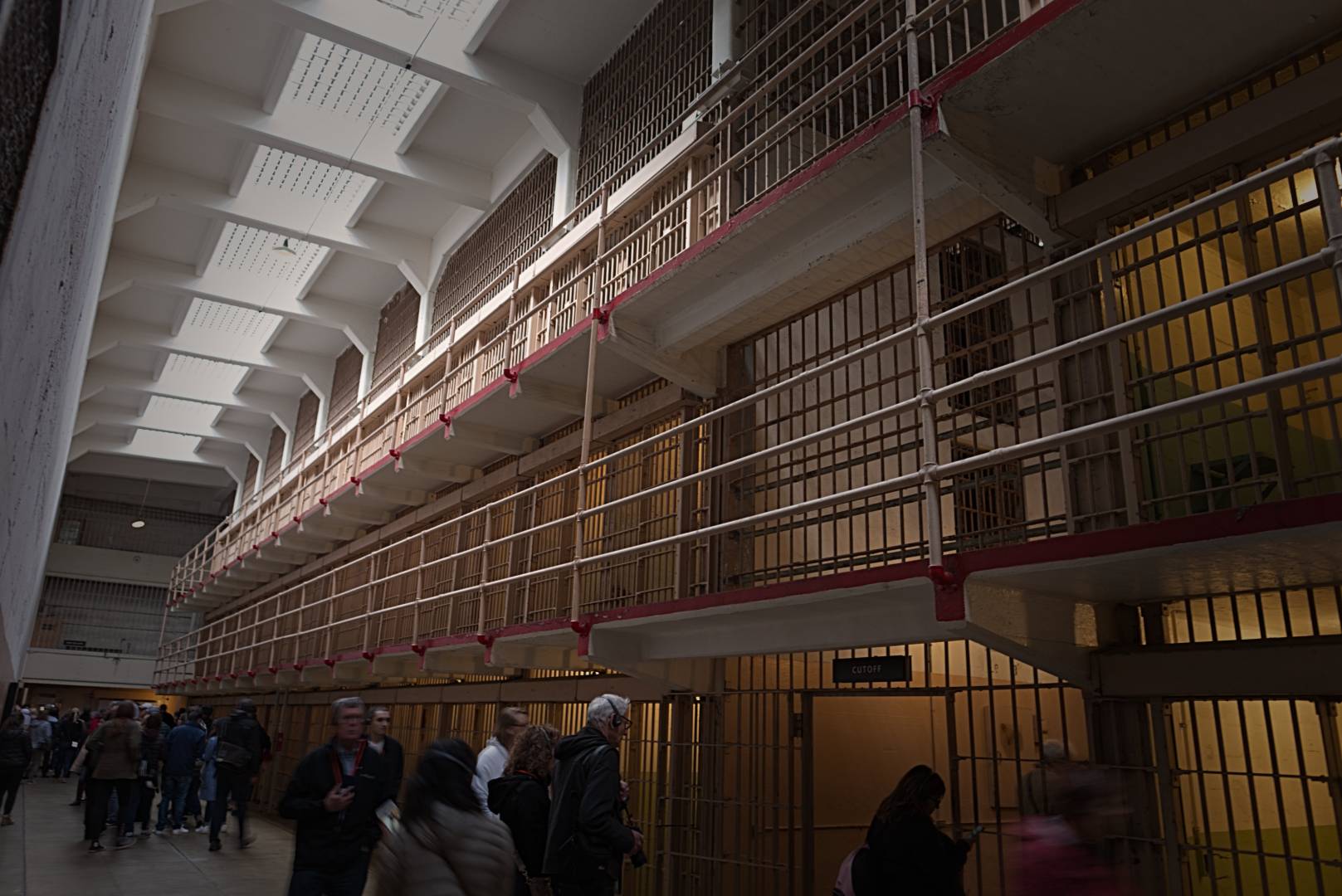
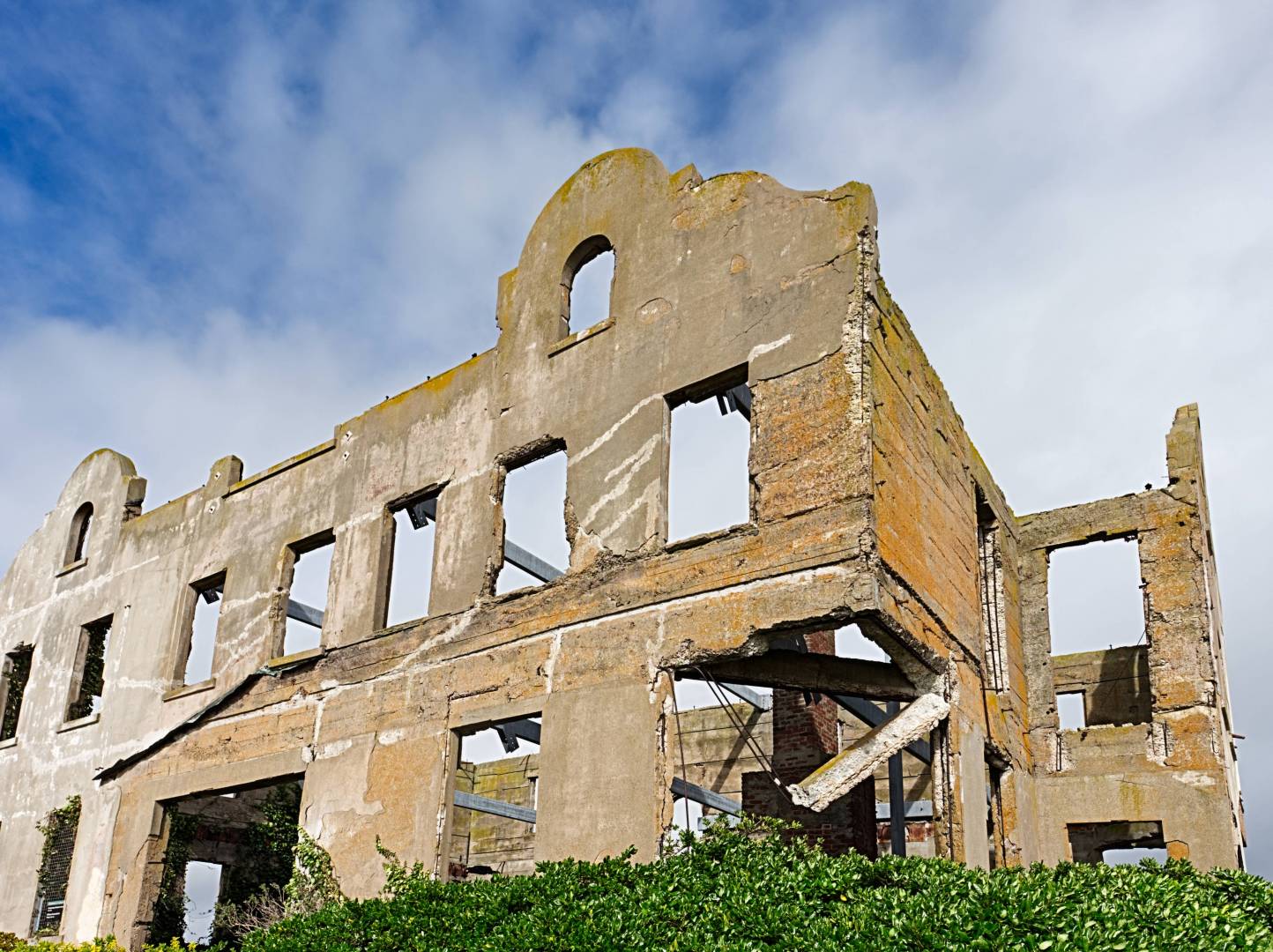
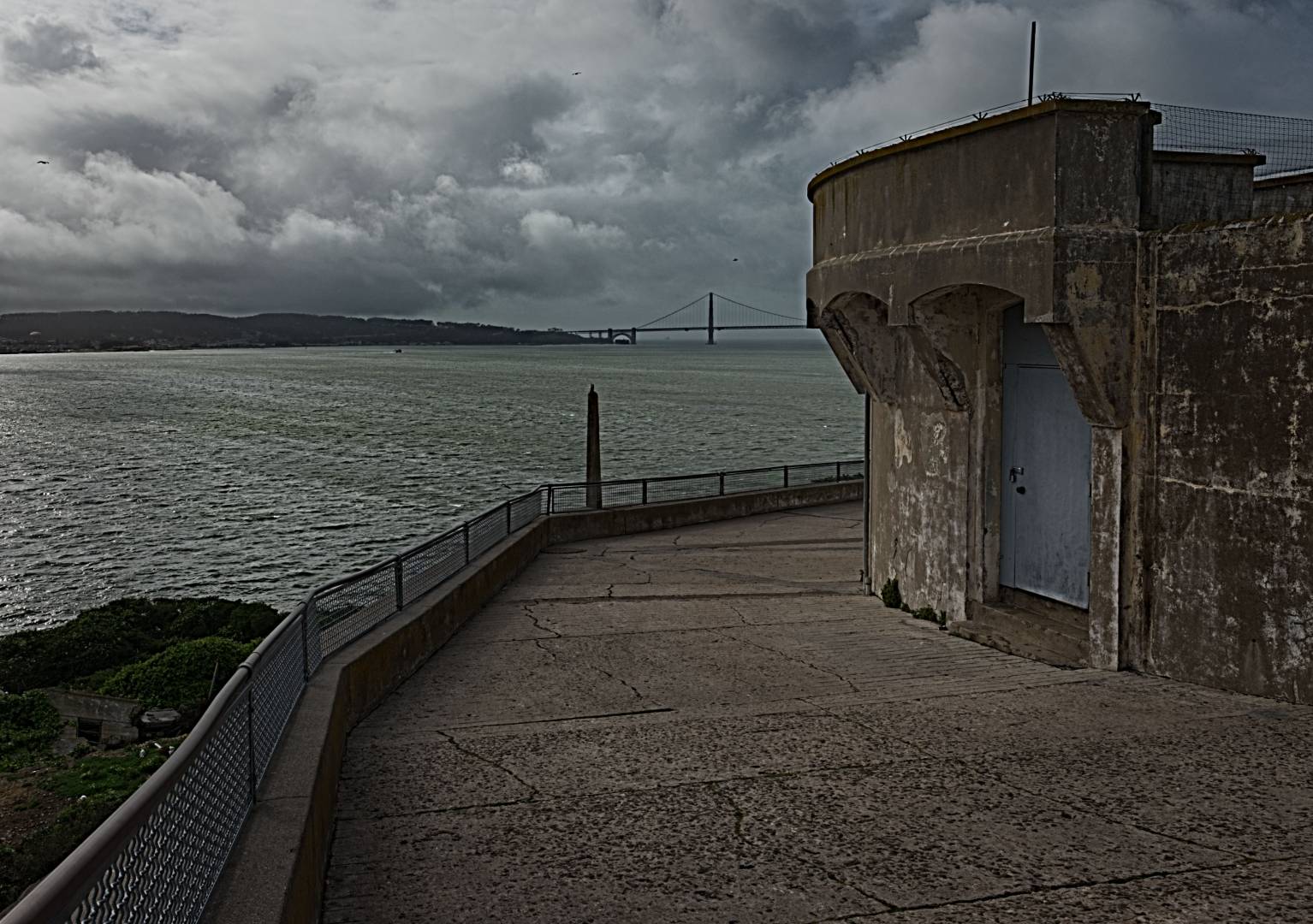
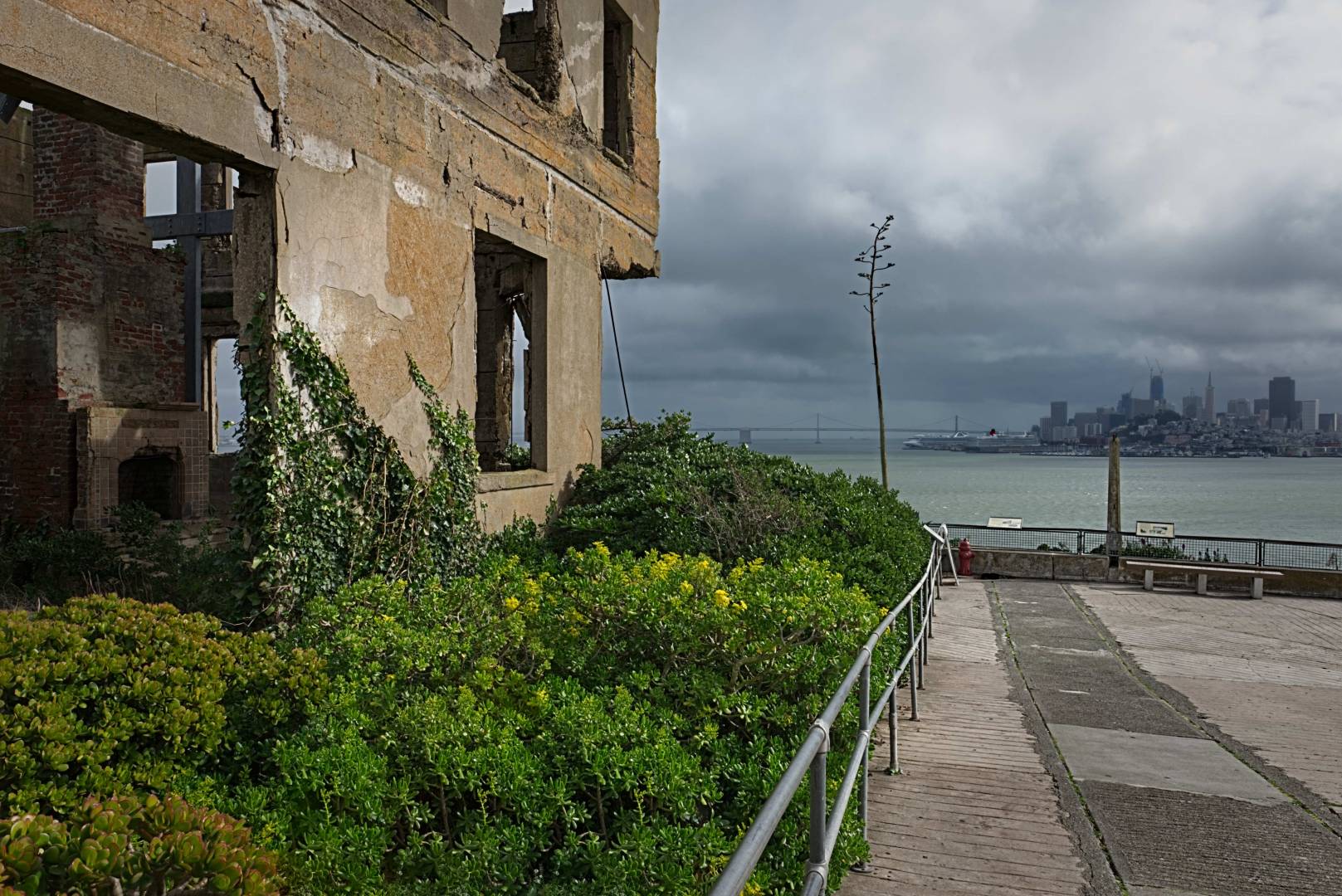
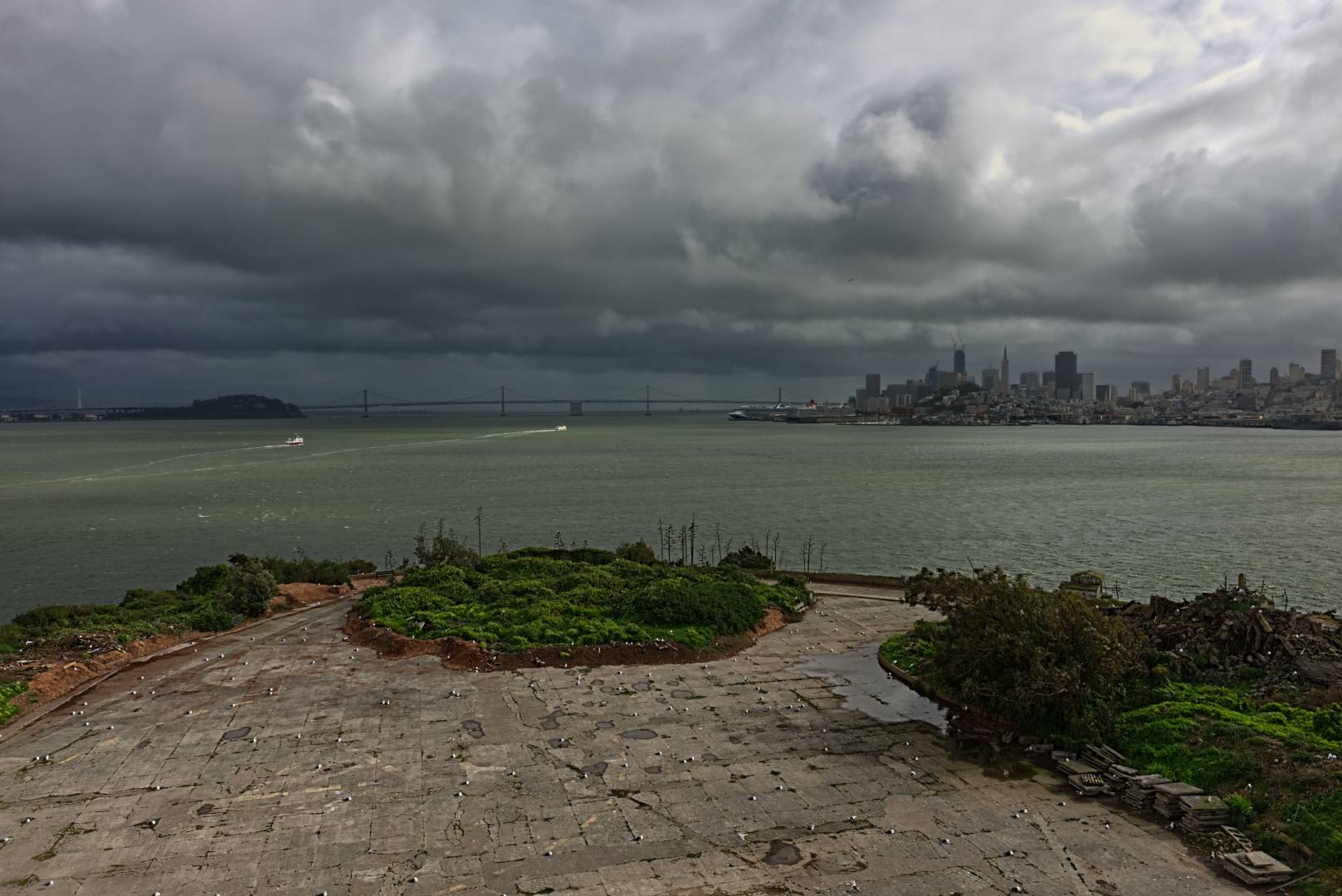
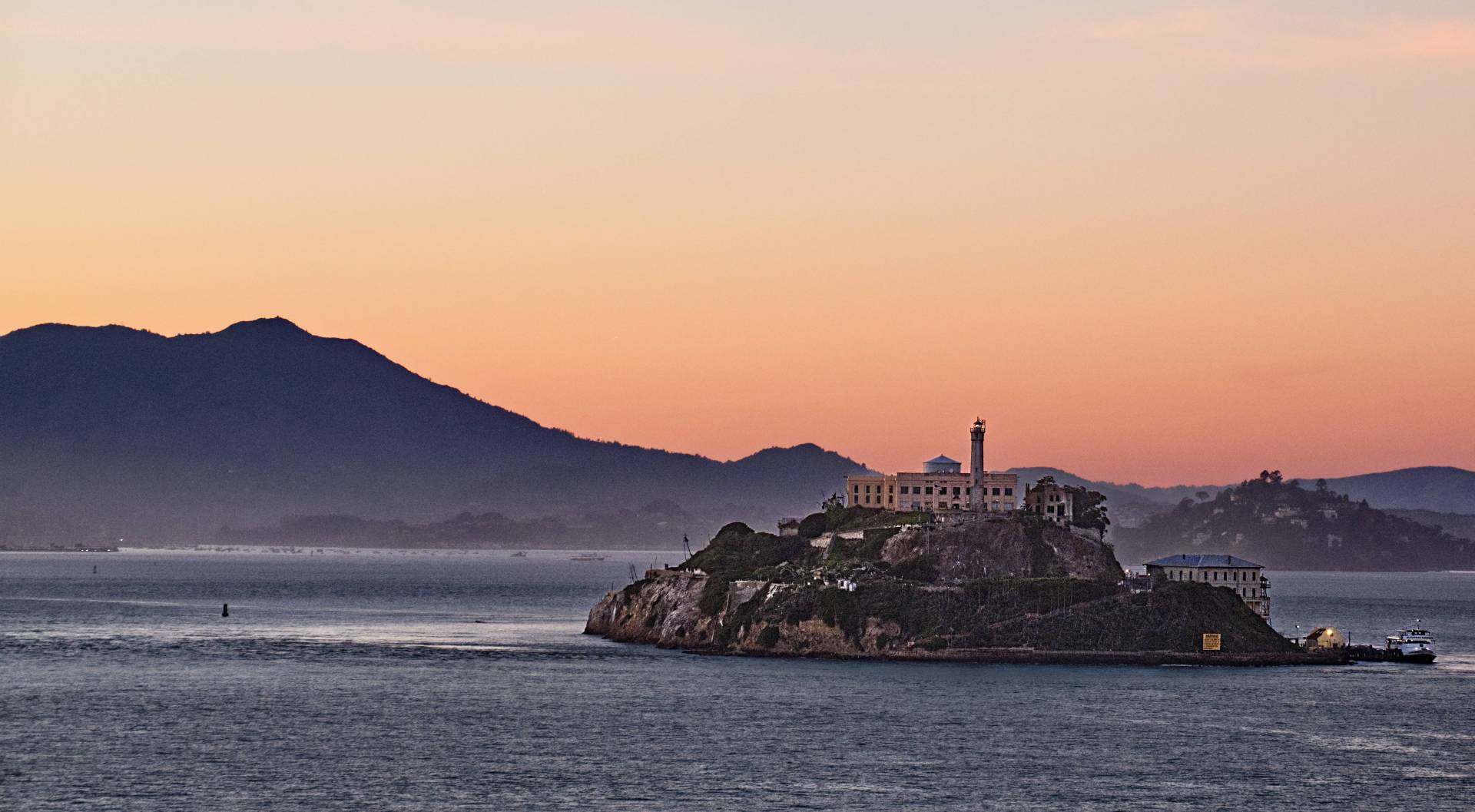
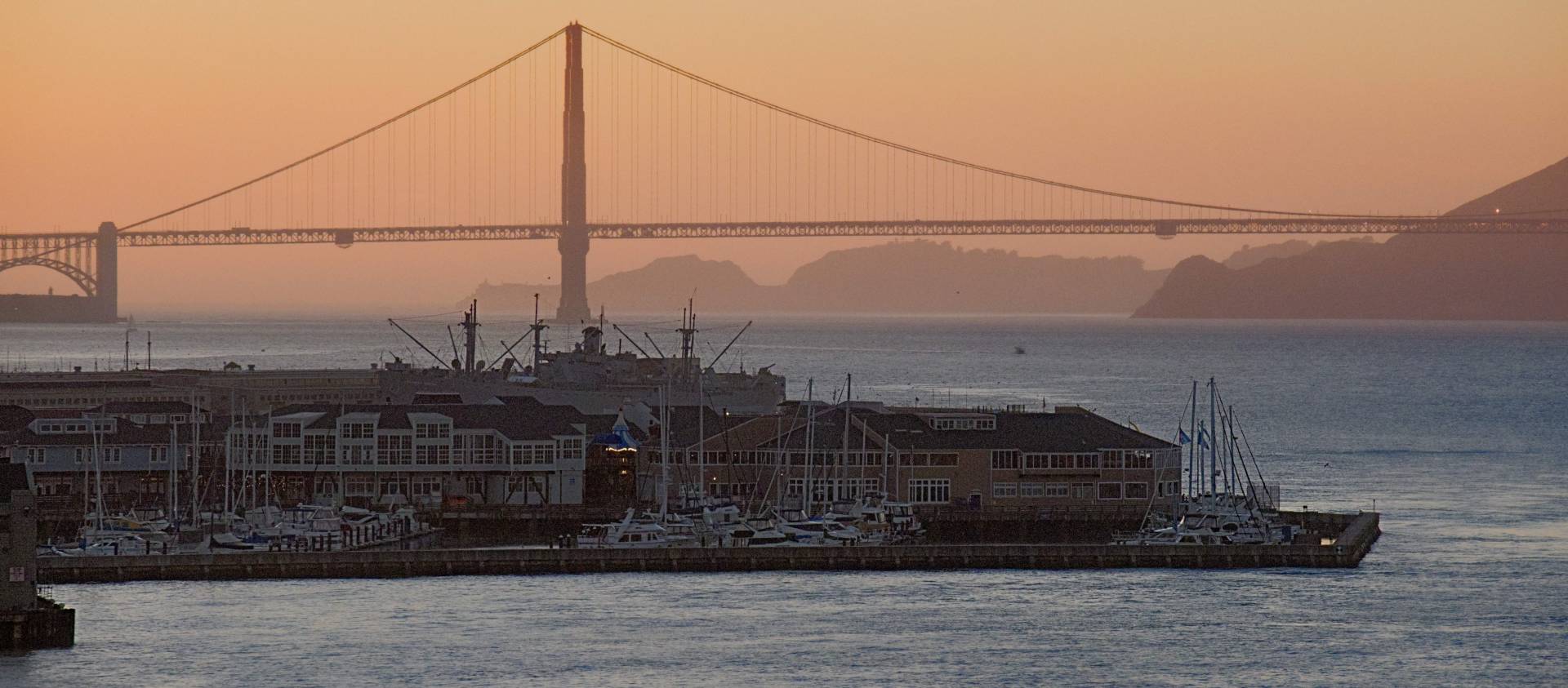
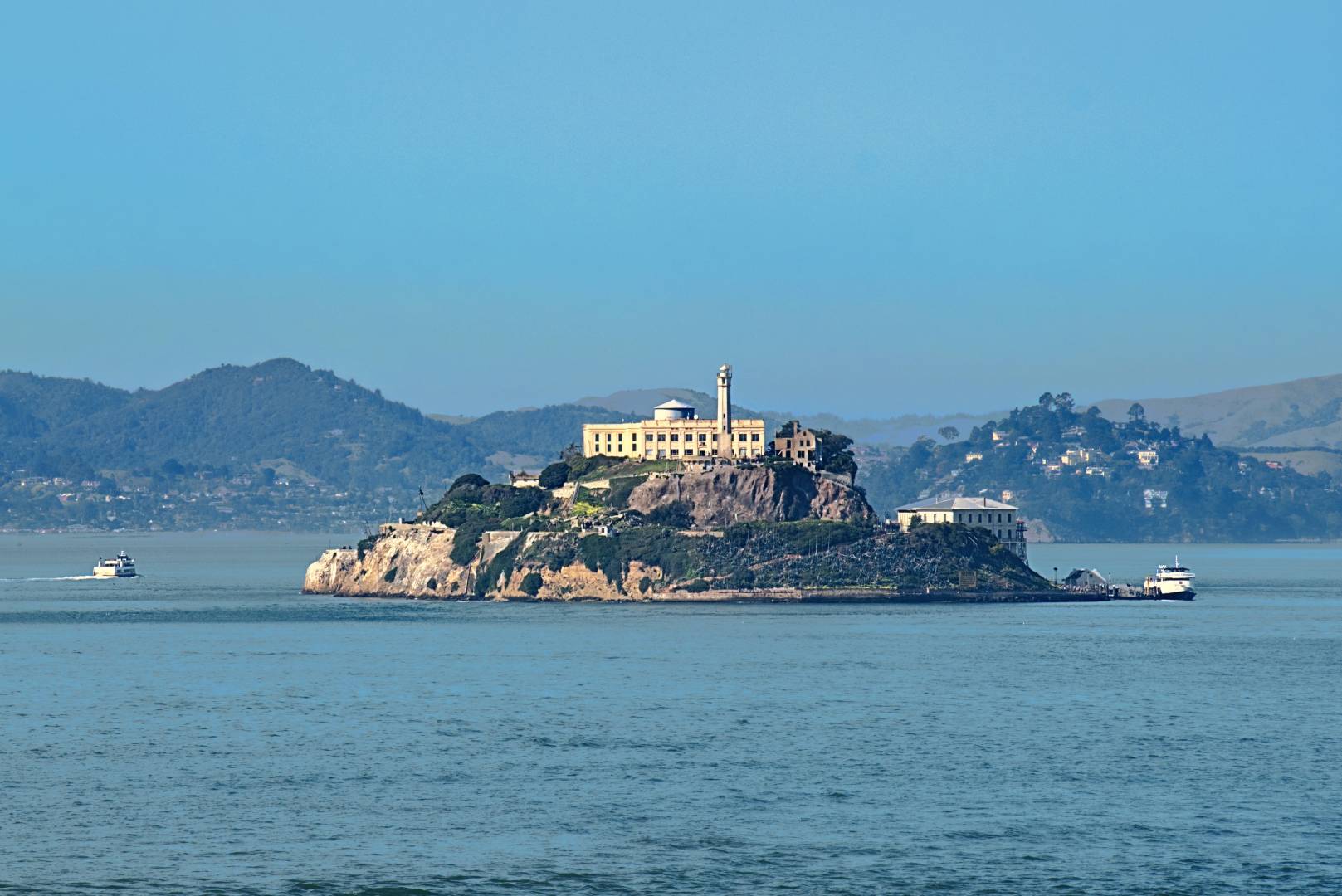
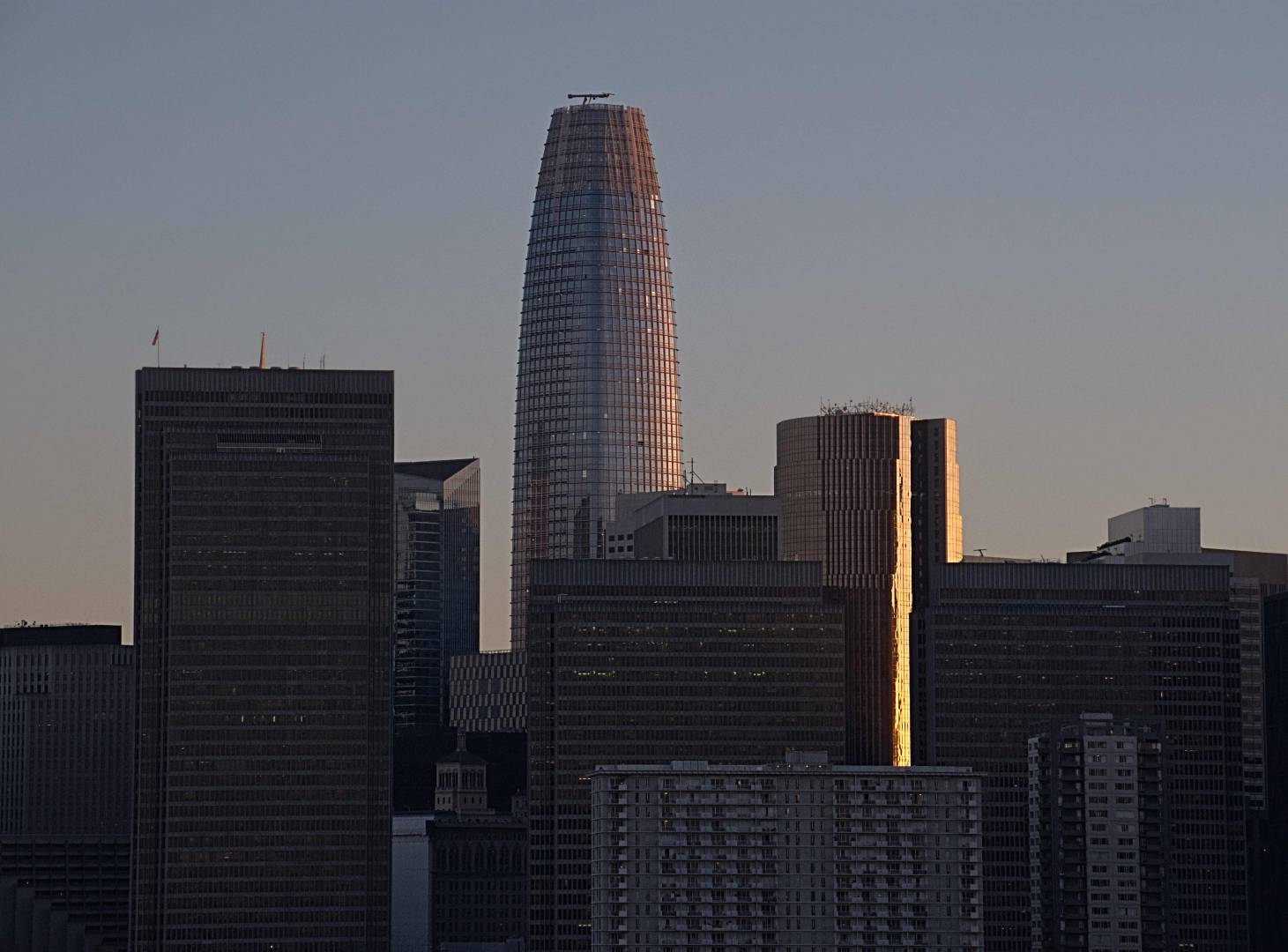
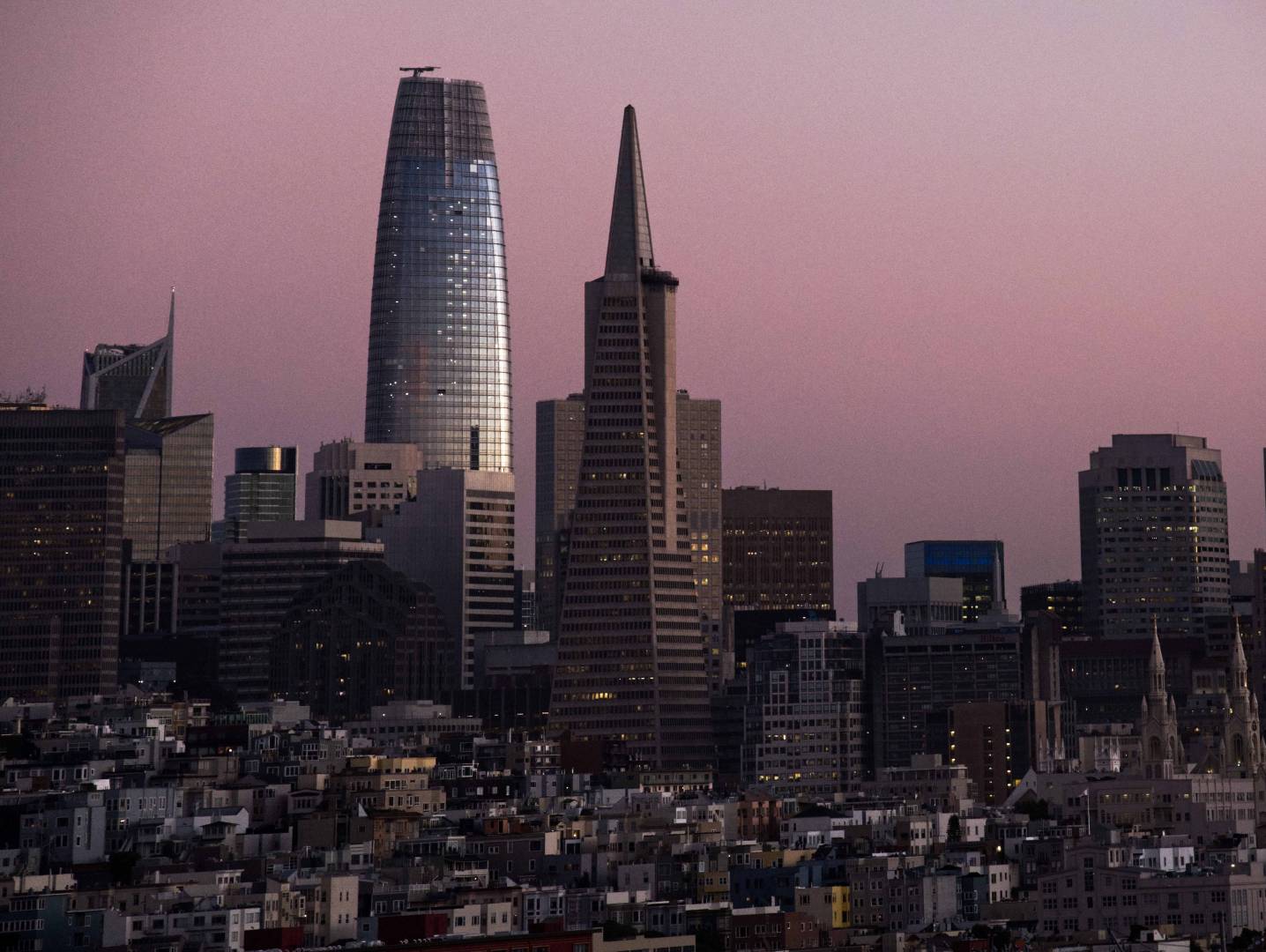
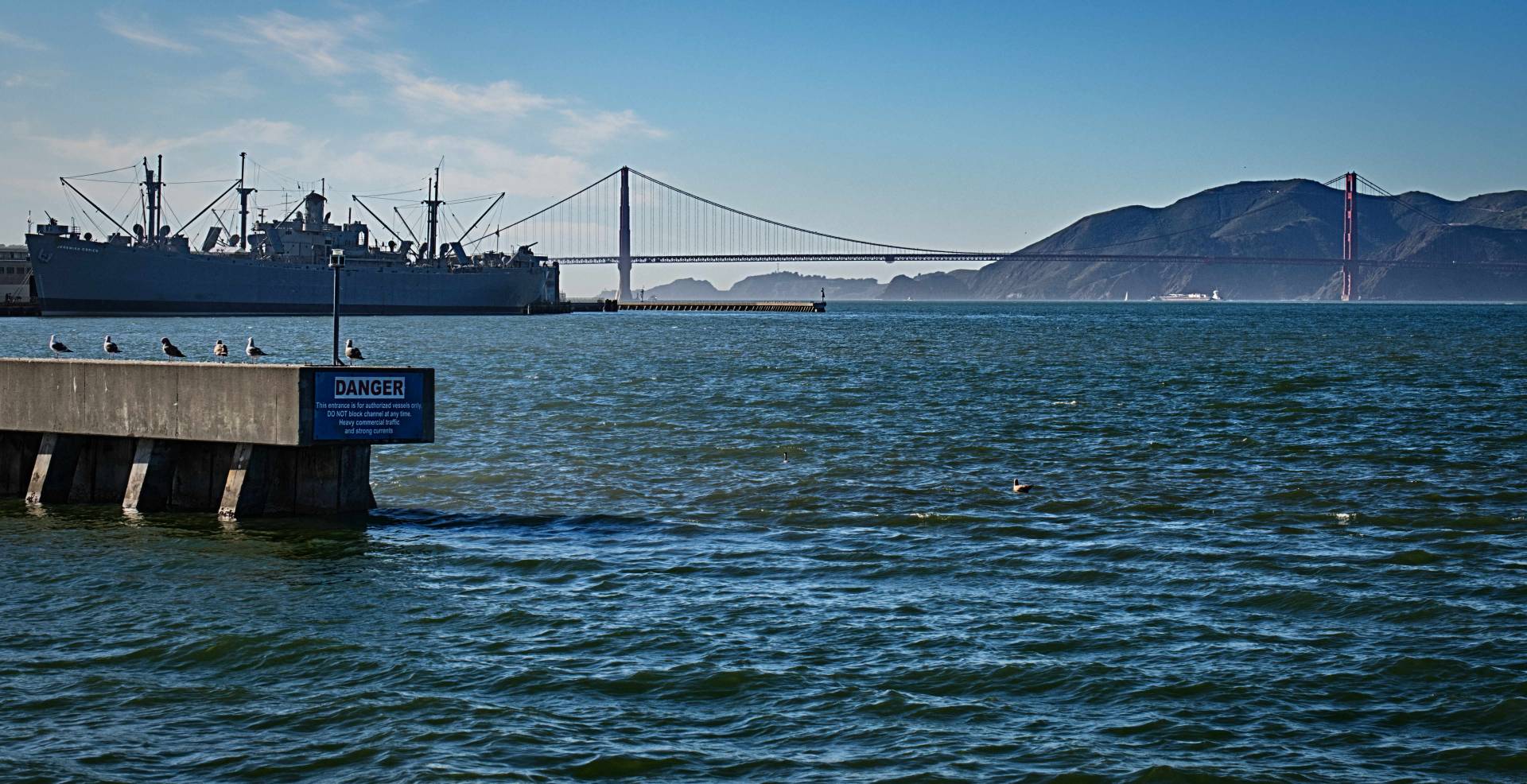
Lovely photos, David. It is nice to see Alcatraz in colour. For me it is always envisaged in black and white from seeing Burt Lancaster in the ‘Birdman’ film in the early 1960s. I hope you got time off for the good behaviour of using your Fujifilm cameras and lenses in splendid fashion.
William
Thank you, William. A great film – they don’t make films like that anymore!!!
No, no time off for good behaviour. My wife thinks my crime sheet is far too serious for that!
David
Thou was a long way from home for this one, and what a contrast from the previous discussions about your connections to certain chemical industry.
I loved the contrasting skies, in some shots you have the pinky sunset colours, and in others those swirling heavy clouds are just a thing of wonder, and add a layer to those out door shots. Inside, it is what it is, a large galleried prison, and incredibly you have managed to squeeze a lot in to those indoor images – that 16mm working its magic.
Lovely stuff to read after a long day at work, I will look forward to see what else you have up your sleeve David.
Cheers Dave
You are very kind, Dave. I am getting increasingly fond of heavy skies which is a good thing this Winter! Being essentially mono, clouds respond well to some extra dramatisation in post.
In the same theme of making the best, I am also taking more shots in haze and fog although with mixed results!
My regards to you and the lovely North East
A truly intersting read. I like the ferry image particularly the various shades of water. Thanks for sharing.
Glad you enjoyed the article, Jean. If I left my heart in San Francisco, it was with the light and also, to be honest, with rides on the tramcars which were huge fun!
Thanks David for this most interesting article. I particularly enjoyed the evening photos of the city at 140mm. The one of the island in the middle distance with the light behind is lovely. Sunrise or sunset may I ask?
Thanks Kevin. I have a weakness for landscapes with my tele lens. It sort of makes composition easier (for me).
That is a sunset image by the way.
Hello David. Nice use of light and shadow in your images.
The colours provided by the Fuji kit are evocative in a number of the shots.
Enjoyed ‘em.
Very kind, Wayne. The light was excellent early and late and pretty good even when the clouds came during the day. You grab what you can!
Your two camera strategy makes perfect sense if you have the budget and the back to support it. No one can argue with the results. The sky in the images captured with the 16mm and the light in the late afternoon and early evening shots are magnificent.
Thank you, Richard. After persistent rain and grey skies here in the U.K. recently , its a real tonic to look back on the light in San Francisco. Happy days.
With those great images how could anyone object! Loved the history lesson and keep your load of cameras the way you want. I wonder with the five missing presumed dead, if a cruising shark had an appetizer?
Glad you enjoyed the article,John. The probability is that strong cold currents did for some and sharks finished the rest off. Despite rumours that there were successful escapes, proof is somewhat short.
Striking images and a good set of stories. Thank you. I must say I really admired the way you had used the 16mm(24 equivalent) lens for the interior shots. Quite irrelevant to your topic, you have nevertheless thrown a spanner in the works of my decision to get rid of my X-T20. I’ve never bonded with it and find the instruction book takes as much navigating as a spaceship! I already operate a similar two camera system to yours with my Sony NEX6 and a6000, so I’d need some convincing that going down the Fuji road would be justifiable. (Treat that as a dare, if you like: I still have a – potentially – open mind!) Apologies for following my own side-track rather than focussing on the substance of your article.
Thanks John. I agree Fuji manuals are less than helpful on occasions. The saving grace of Fuji for me is the utter simplicity of switching between modes and do little else besides focus and adjust exposure compensation, being a simple bear.
If I were you I would sell the X-T20 and upgrade to the X-T30 (fairly equivalent to the X-T3 at a bargain price) and/or get the X-T4 when released this quarter. Suggest you sell the Sony gear to finance the change as you may need another lens or two. Well you did invite the sales pitch!!
Best wishes in your cogitations!